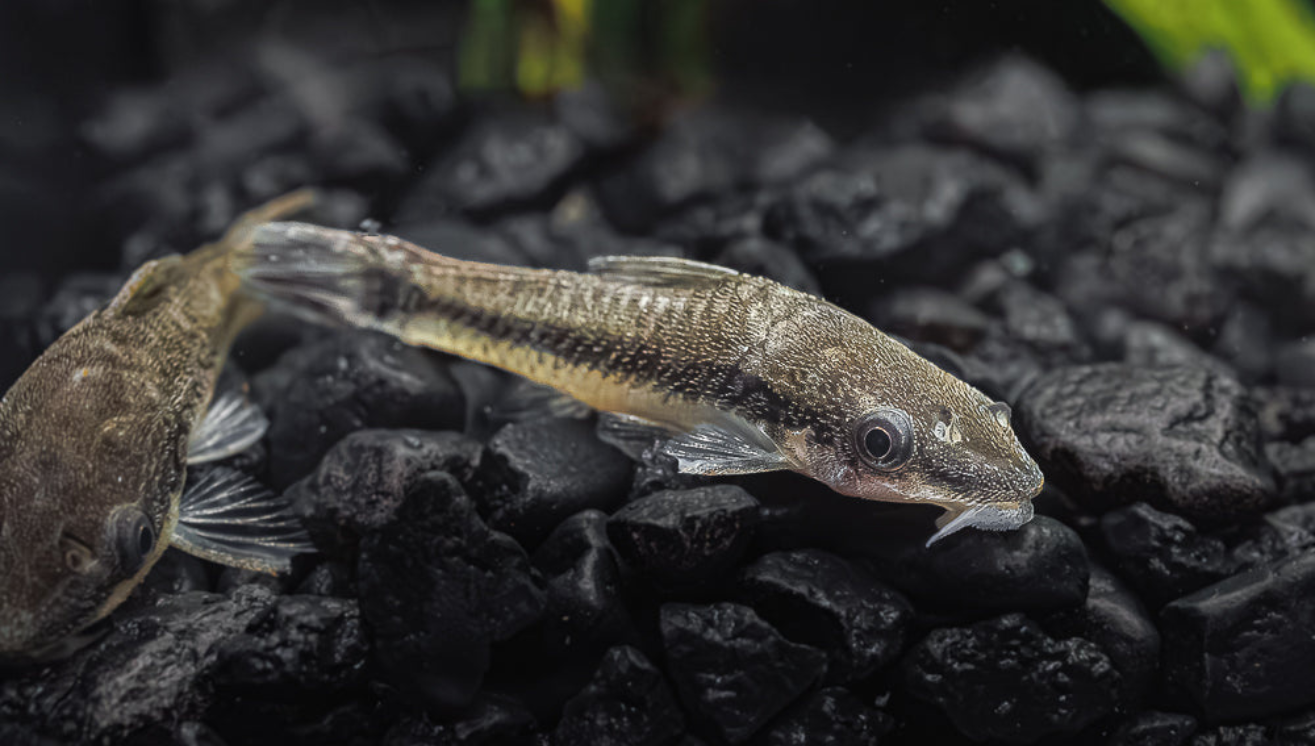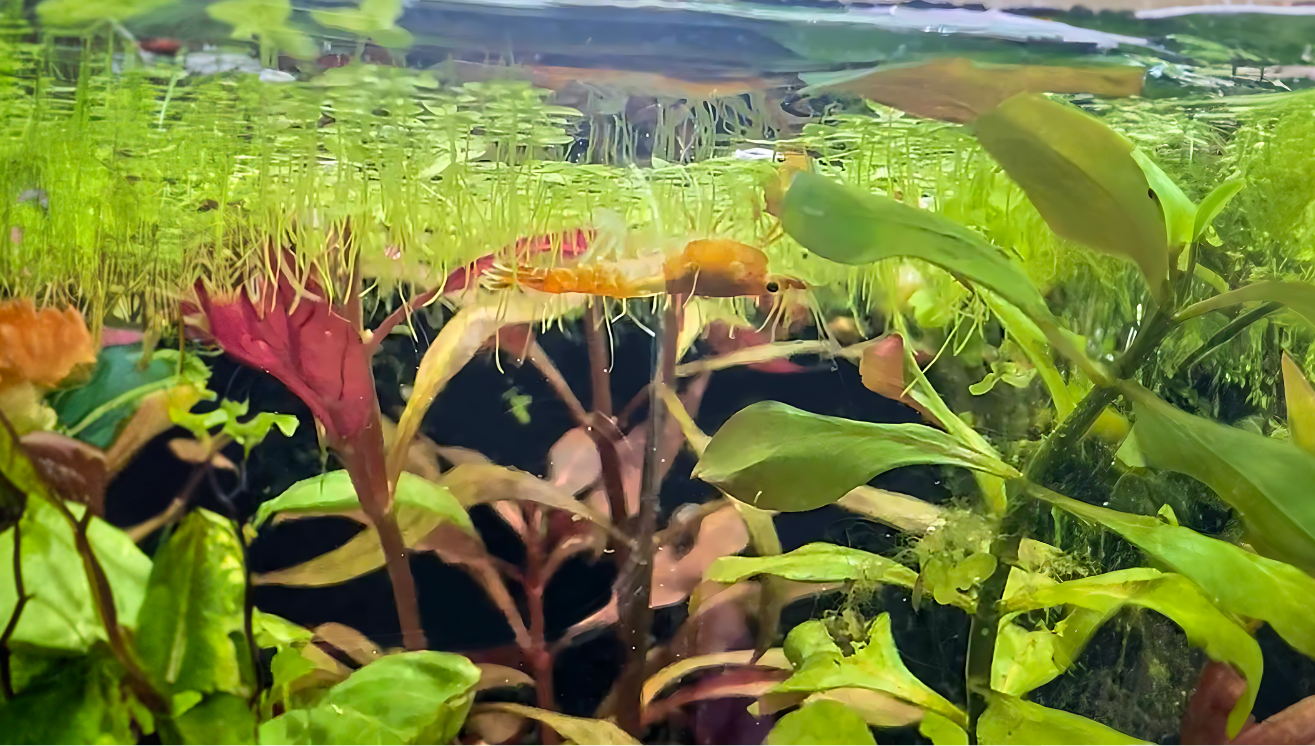Your Cart is Empty
🚚 Flat-Rate FedEx Priority Overnight — Just $26.99 (Limited-Time Special!) | FREE over $200
🚚 Flat-Rate FedEx Priority Overnight — Just $26.99 (Limited-Time Special!) | FREE over $200
🚚 Flat-Rate FedEx Priority Overnight — Just $26.99 (Limited-Time Special!) | FREE over $200
by Emily Dourm May 03, 2024 2 min read

Moss is essential for a shrimp tank to function, especially if you’re trying to breed shrimp. There are plenty of benefits to moss in general. For one, the moss provides a safe place for shrimplets or fry to hide. Secondly, it provides more surface area to your tank, allowing an additional place for your shrimp. Biofilm often accumulates on moss, providing the perfect place for your shrimp to graze. Let’s jump into some different types of mosses, their benefits, and their differences.

When asked, “What is the most essential part of a successful shrimp tank?” we will always respond with three key factors: leaf matter, Java Moss, and a piece of driftwood. Of these, Java Moss is our number one.
It acts as a natural filter and aids in maintaining water quality by reducing harmful substances like ammonia and nitrates. Its dense structure provides ideal shelter for baby shrimp, increasing their chances of survival. Additionally, Java Moss fosters the growth of microorganisms vital for the well-being of young shrimp. Easy to care for and propagate, it's a perfect choice even for beginners.
Main Benefits:

Spiky Moss often resembles Christmas Moss but with slightly larger branching fronds. It provides excellent refuge and grazing areas for shrimp and fry, absorbs excess nutrients like ammonia and nitrates, and contributes to oxygenation and natural filtration.

Flame Moss stands out for its vertical, flame-like growth pattern. It’s easy to cultivate in various tank conditions, and though it grows slowly, it can carpet driftwood and rocks beautifully over time.

The Peacock Moss features softer, velvet-like fronds and provides ample surface area for shrimp grazing and shelter. It’s hardy, easy to grow, and suitable for both beginners and experienced aquarists.

Sußwassertang is one of the most surface-area-rich plants available, making it perfect for shrimp tanks. It’s slow to establish but then grows vigorously, providing oxygen-rich water, hiding spots, and natural feeding grounds for shrimp and fry.
Comments will be approved before showing up.

by Brooke Lees October 04, 2024 2 min read
Aquarium plants do much more than add beauty to a tank, they help maintain water quality and provide natural shelter for your aquatic pets. Among the many available options, Hornwort and Anacharis stand out for their versatility, ease of care, and benefits to aquarium ecosystems. Let’s dive deeper into the differences and similarities between these two popular plants.

by Brooke Lees September 20, 2024 2 min read

by Brooke Lees September 13, 2024 3 min read